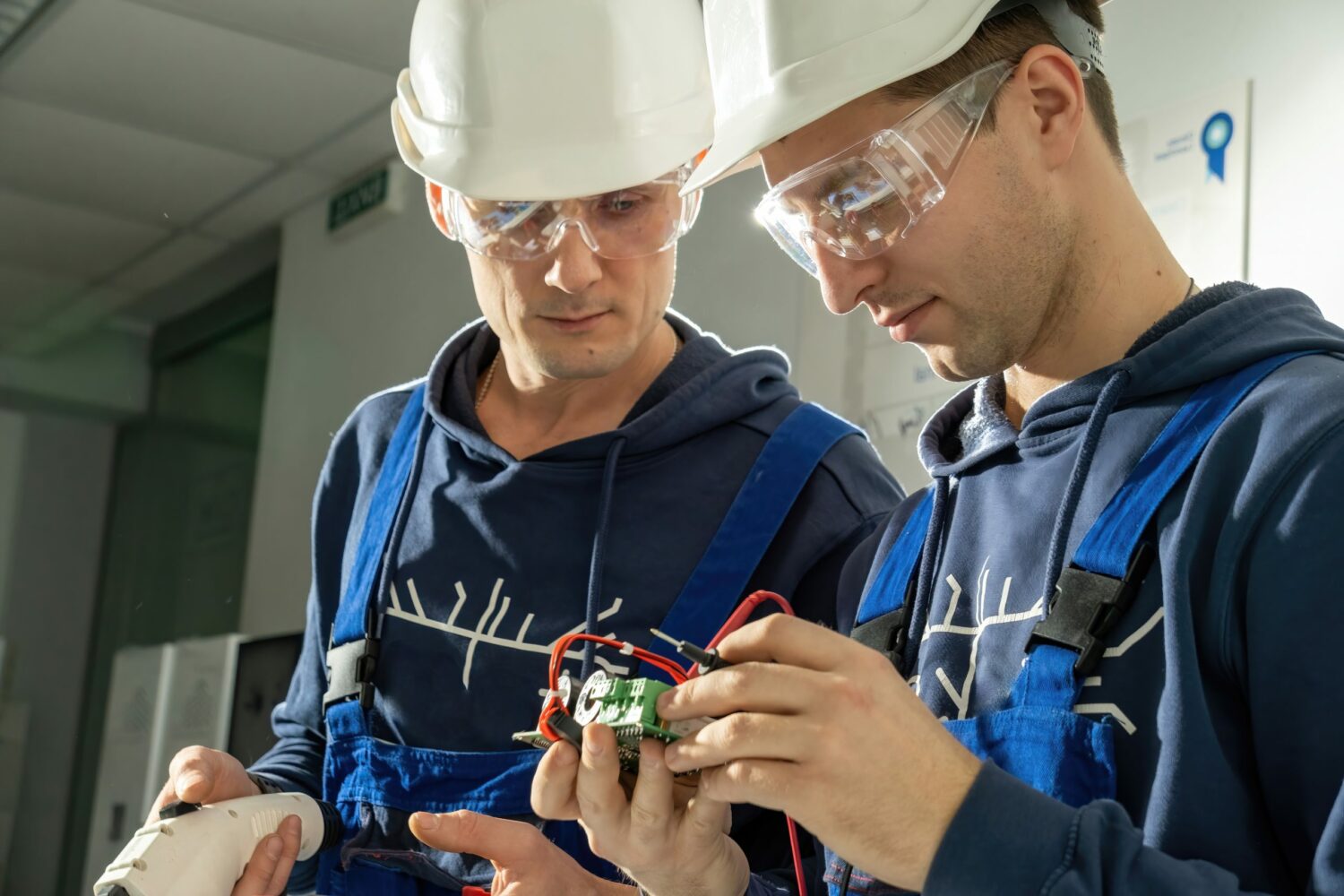To almost no one’s surprise, the Federal Government’s attempt at explaining the new consumer EV tax credit only caused more confusion. It was hoped that the so called “Inflation Reduction Act” and its $7,500 tax credit guidance would help consumers and dealers better understand what vehicles were available for the tax credit.
However, the bill’s rules focus on material sourcing and, as reported here, provide maximum price points for different vehicle types, blocking many higher-priced models from qualifying. Notably, the legislation required that non-SUV models fall below $55,000, although it allows SUVs to reach up to $80,000, which hasn’t escaped the notice, and complaints, of OEMs.
And now, after the government refused to classify certain vehicles as SUVs, OEM complaints were rewarded with a change. The Treasury agreed that switching back to the consumer-facing EPA Fuel Economy Label standard “will allow crossover vehicles that share similar features to be treated consistently,” so vehicles like the Lyriq, Model Y, and others will fall under the new regulations.
Dealers Wait for Tax Credit Regulations to Settle
Meanwhile, dealers sit in the bleachers watching this show and eating popcorn. As reported at AIDA.org, without concrete information, most end up sending consumers to online resources. “Right now, it’s good that it’s not a point-of-sale credit,” said Mike DeSilva, owner of Liberty Auto Group, which has three stores in New Jersey and sells vehicles from Genesis, Hyundai, Kia, and Subaru.
Desilva is telling customers who ask about the tax credits to “inquire with their own tax accountants because we can’t issue guidance on whether or not they qualify for the credit,” he said. “We just don’t have the answers.”
 |
Meanwhile, consumers may choose to delay purchases because of tax credit questions and the potential of lowered EV prices, which puts dealers in a challenging situation. And with Ford dropping prices on its Mustang Mach E by up to $6,000 and Tesla’s recent $21,000 Model Y discount, consumers couldn’t be blamed for riding this out.
Dealers Can Explain What They Know
While passing the Inflation Reduction Act has the potential for more generous EV tax credits, explaining it is essential for leading consumers to purchase. And regardless of the current situation, dealers can do a few things to educate the customer.
The most important thing for dealers to know is that each EV has its own tax credit amount. This is determined by its battery’s capacity, as well as other factors such as the vehicle’s efficiency rating and gross vehicle weight rating (GVWR). Therefore, dealers need to be aware of this information to accurately inform their customers about the potential savings from the EV tax credits.
Additionally, dealers need to know the time limits for claiming the tax credits. Most EV credits are valid for two years from when they are first claimed, so customers must take advantage of them within this window to maximize their savings.
Finally, dealers should also be aware of the final step in claiming the EV tax credits by filing an IRS Form 8936. The buyer must fill out this form to claim the credits, which can be a cumbersome process and dealers can receive a considerable amount of customer service points by explaining it. Therefore, ensuring that customers know this step in the process is essential to get their maximum savings.
Even though dealers can argue that they need more straightforward guidance regarding EV tax credits, the basics can still be explained. And, between now and March—or whenever the next extension date happens—it wouldn’t be a bad idea to become a center of excellence regarding whatever the tax credit amounts, time limits, and IRS forms are essential for dealers to properly help their customers take advantage of these savings to increase EV sales.
Did you enjoy this article? Please share your thoughts, comments, or questions regarding this topic by connecting with us at newsroom@cbtnews.com.
Be sure to follow us on Facebook, LinkedIn, and TikTok to stay up to date.
While you’re here, don’t forget to subscribe to our email newsletter for all the latest auto industry news from CBT News.





